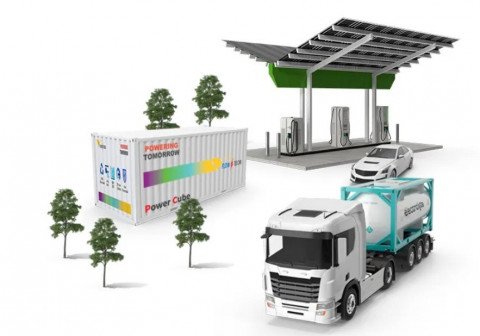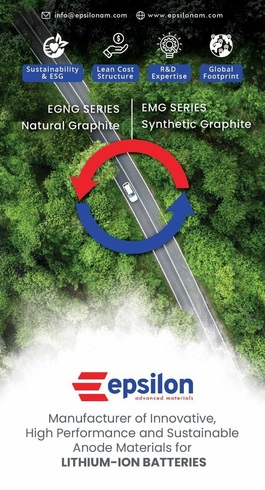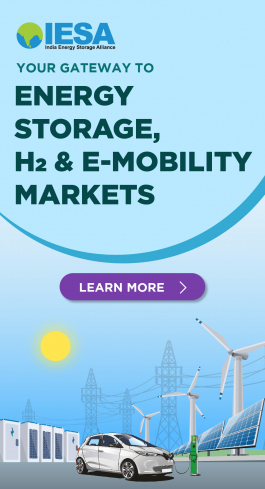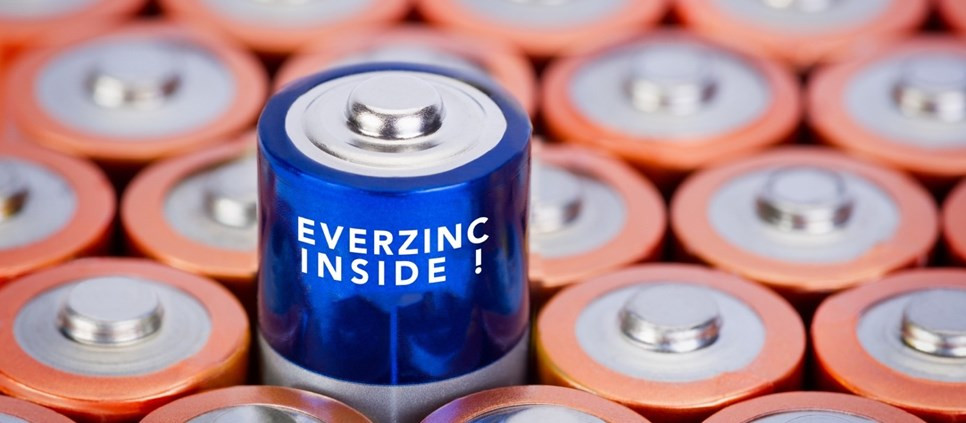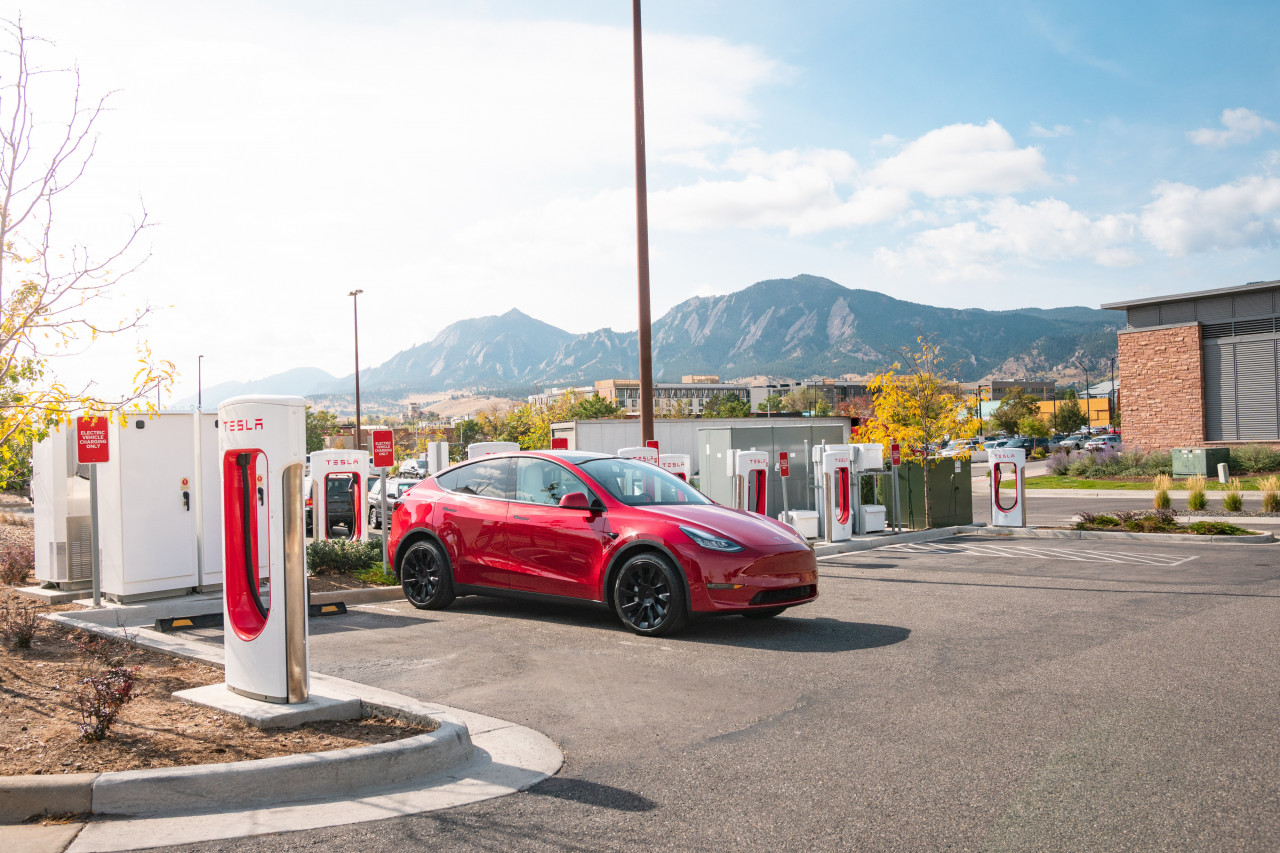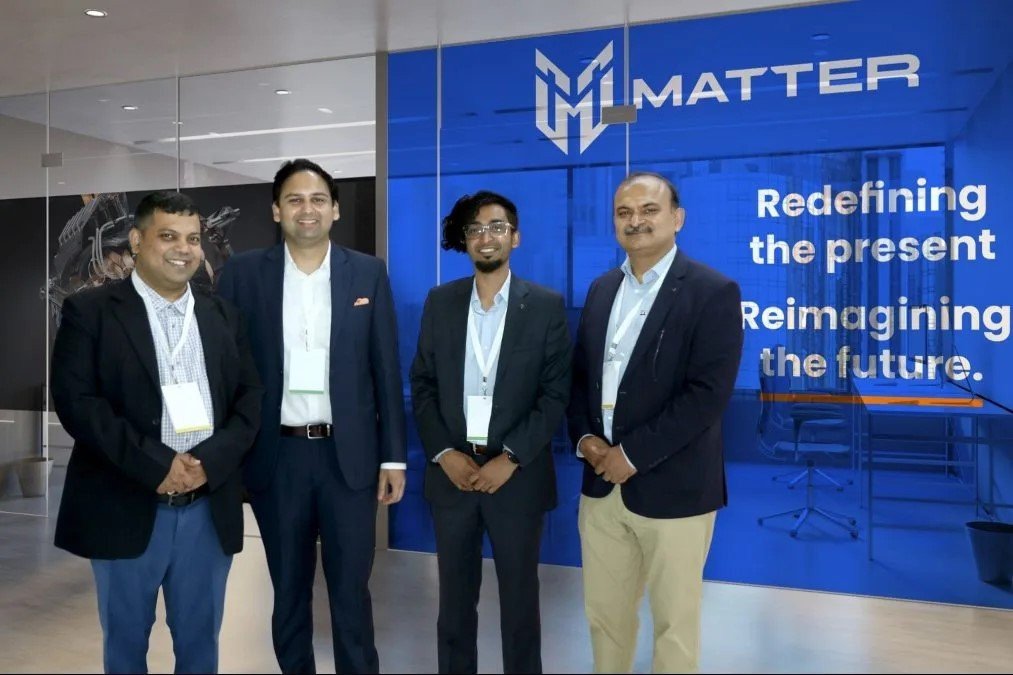SESI 2023: Grid-scale, Behind-the-meter, and Long-duration Energy Storage in spotlight
At the recently held Stationary Energy Storage India (SESI) 2023 conference organized by IESA, multiple thematic sessions brought out insightful discussions on the state-of-affairs and key challenges in the three major segments of stationary energy storage applications in India.
Grid-level integration of energy storage systems at large-scale solar PV, wind or hybrid farms and at the distribution architecture of the discoms was a major talking point at the SESI 2023 conference held on 17th February at New Delhi. The speakers at a session dedicated to this sub-segment of energy storage agreed that grid-scale ESS have humungous opportunity in the country in the coming years, while an initial traction is already being felt with tenders and proposals being floated by power utilities and others.
In this regard, the speakers delineated four main streams of applications for energy storage solutions in grid-scale segment. This includes the following:
- Grid reliability - Towards frequency regulation and response, primary and secondary reserves, load balancing and peak shaving.
- Renewable energy integration - PV ramp control, smoothing, firming, and shifting functions, curtailment capture, capacity based solar PPAs, and self-consumption.
- Hybrid engine optimization - Spinning reserves, grid forming, fleet aggregation, DER management, and asset optimization.
- Microgrids - Islanding grid, grid formation, seamless transfer, black start, frequency drooping, and fault handling.

SESI 2023: Setting a pragmatic roadmap for Stationary Energy Storage in India
In an another session focused on ES for behind the meter applications, the role of net metering, DG optimization, and the nitty-gritty of of C&I applications including telecom, towers, inverters, and reliable backups were discussed. Speakers also touched upon the importance of power backup as a part of the nation's critical infrastructure and the relevance of micro-grid scenarios in rural and remote areas.
Alexander Hogeveen Rutter, Private sector specialist for International Solar Alliance (ISA), identified certain bottlenecks for ESS in these areas, including higher GST rate of 18 percent on BESS, high import tariff (as against just 5 percent on coal), and lack of ToD pricing resulting in no incentivization of thermal storage.
"Financing is challenging for precisely for those companies or locations where economic case is the strongest, for instance, MSMEs in rural areas", he noted. He argued that solar-cum-storage is already economical with substantial savings for the operator of island or isolated grids, while storage is at or near economical in states with net metering, when combined with diesel displacement or peak demand shifting.
Further, Newen Systems' Regional head Bhaskar Reddy made a comparative analysis of different BESS topologies namely AC-coupled, DC-coupled with PV inverters, and DC-coupled with bi-directional inverters.
Lastly, the SESI 2023 discussed on the definition, relevance, and requirements of long-duration energy storage (LDES) in the Indian market, including various leading technologies and the pumped hydro projects that has got a boost from the latest budgetary announcement.
Yashwanth Mahadevan (Sales leader) of EOS Enterprises introduced his company's zinc-battery energy storage solutions for LDES applications to the audience, and touched upon the products' chemistry and modular design advantages.
Seasonal storage requires power provision for months, the requirement of LDES can only be met with technologies where the energy storage capacity can be designed fully independent of power capacity, said Prof. Kothandaraman Ramanujan, Department of Chemistry, IIT Madras.
"Considering the inadequacy of lithium-ion batteries in terms of their capacity, discharge rate, and supply-chain risks, redox flow batteries and pumped-hydro energy storage are most suited for LDES applications", he added.
